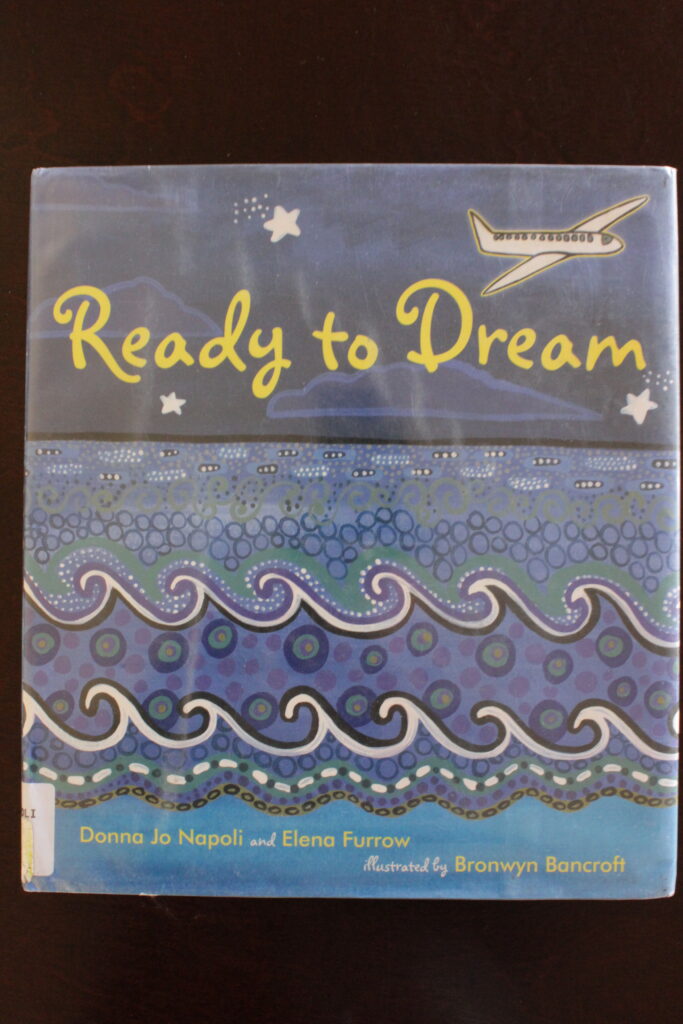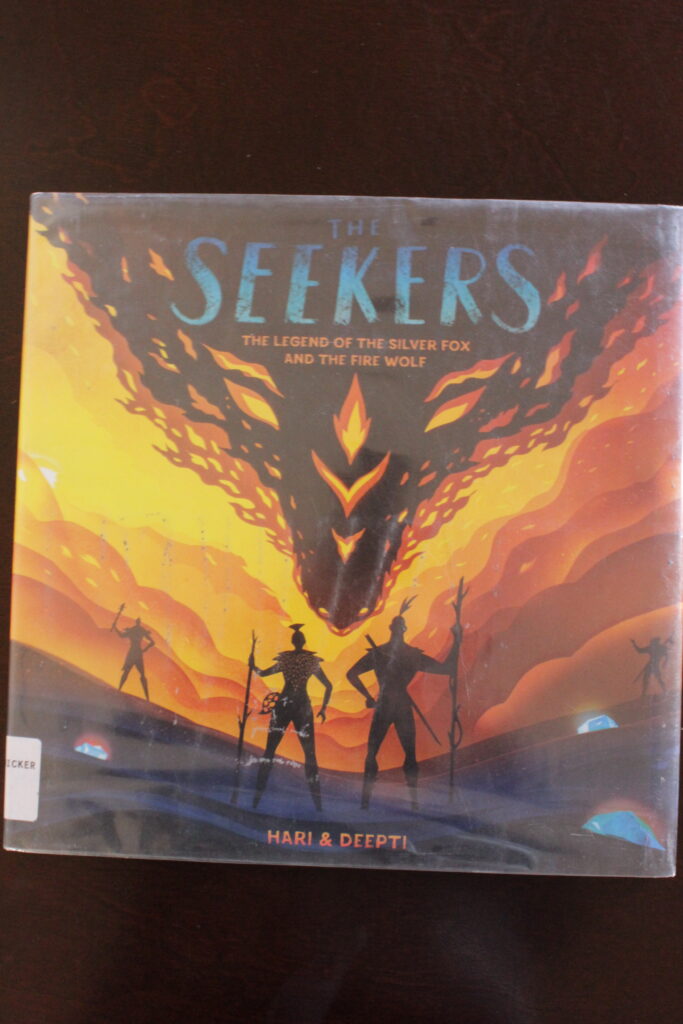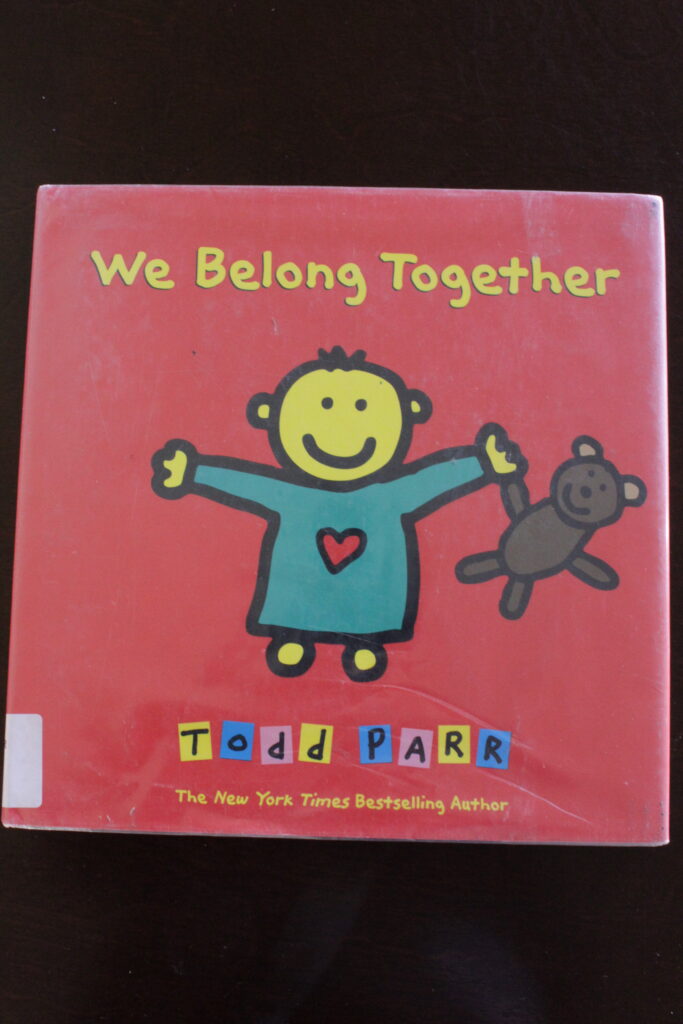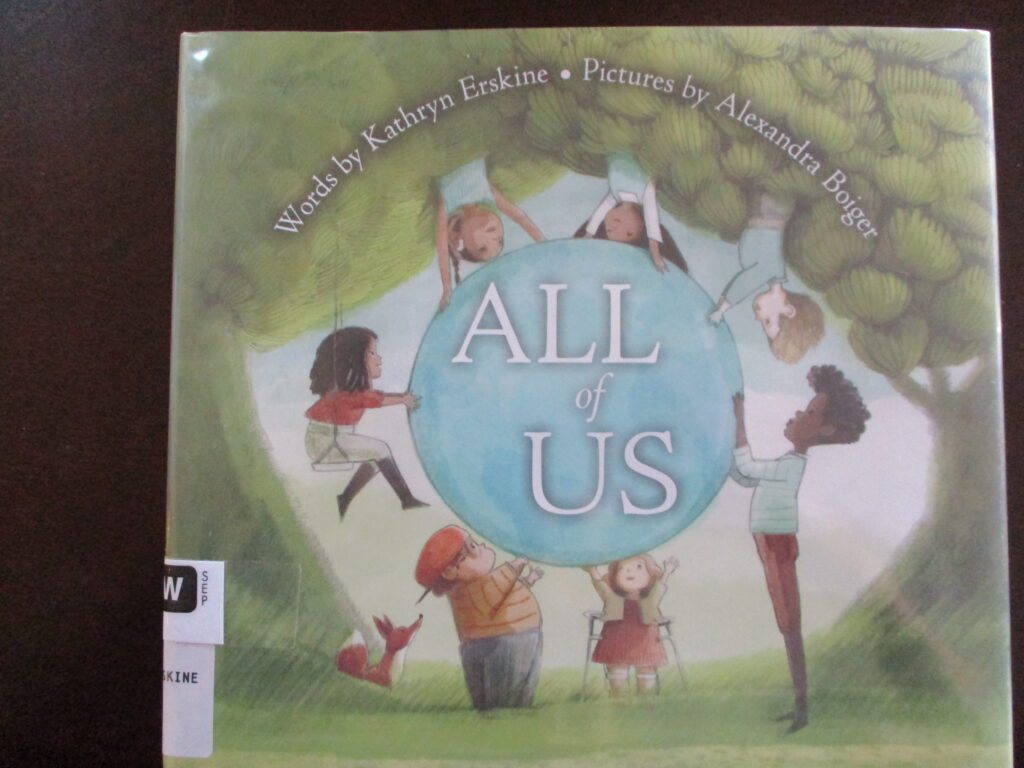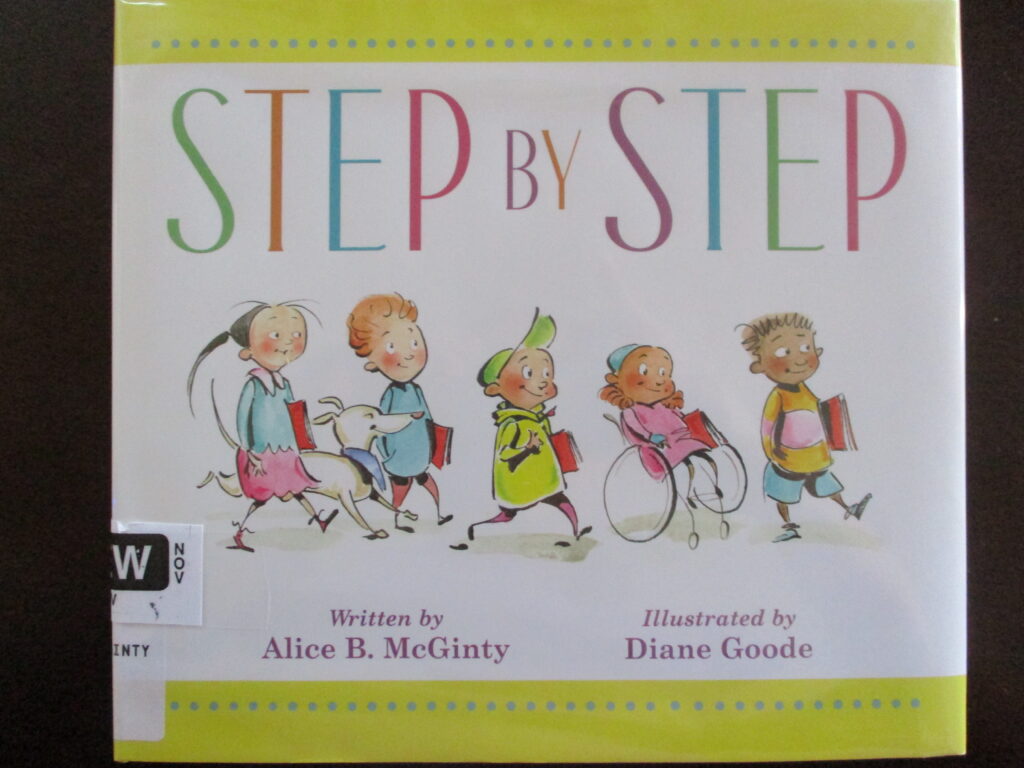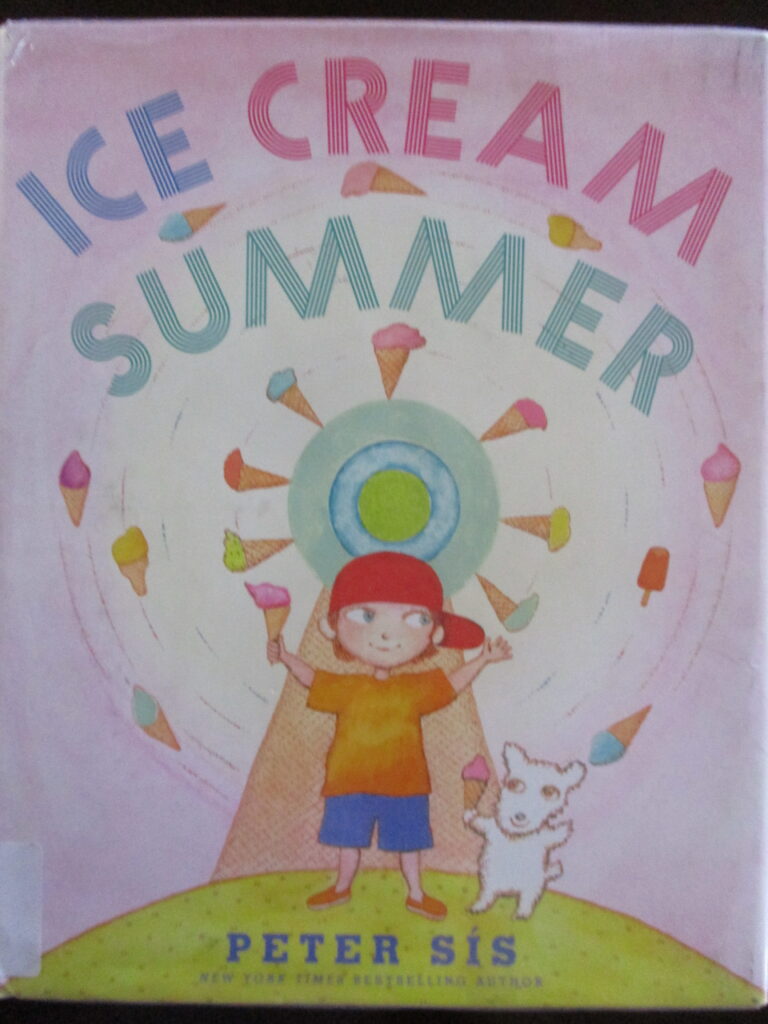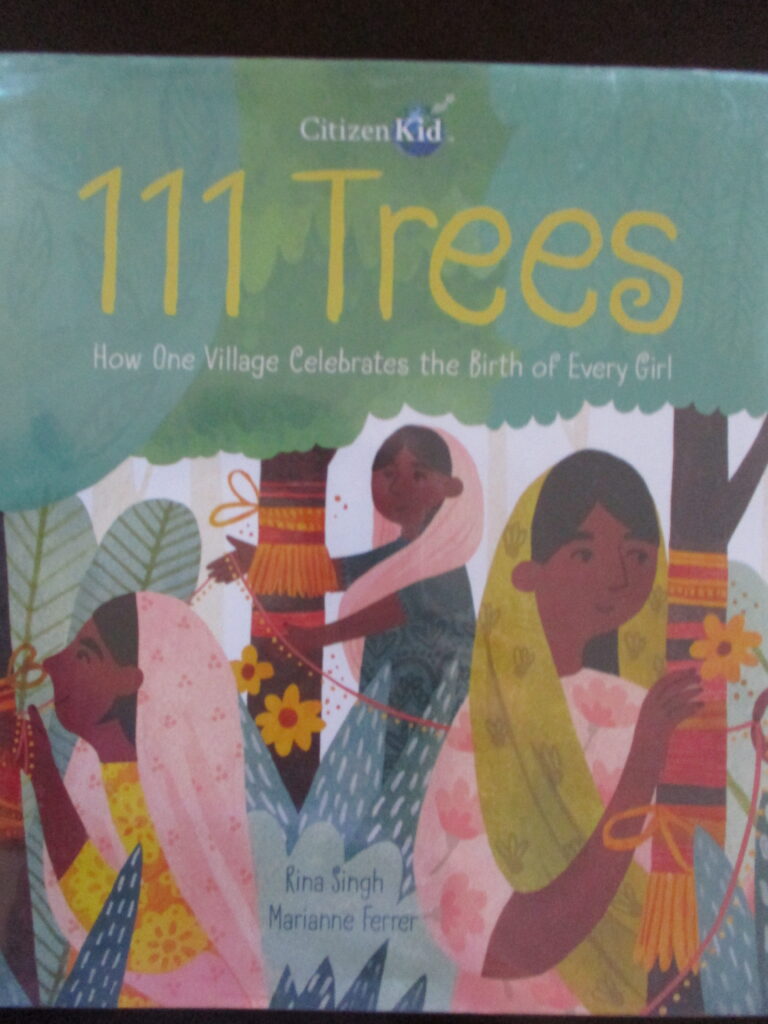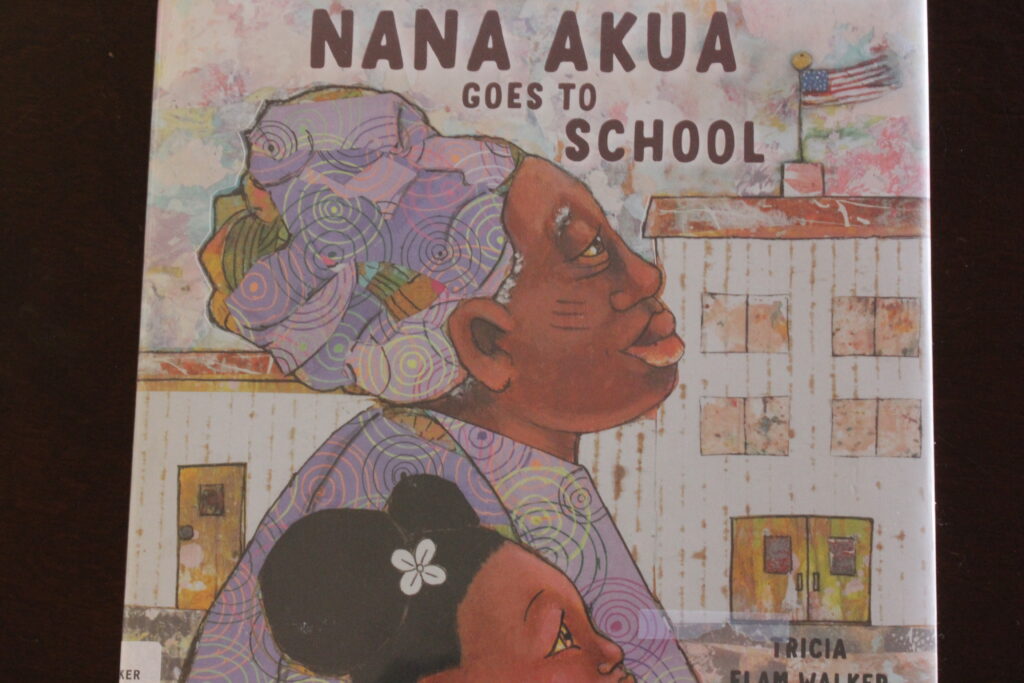By Frank Murphy and Charnaie Gordon, Illustrated by Kayla Harren
(Sleeping Bear Press – 2021)
Talking about all kinds of friend and how to become a friend as presenting different adjective for FRIEND on page to page. Kid-friendly text and beautiful picture will help readers to understand the importance of being friend and to celebrate friendship. >>> Other books by Frank Murphy and Kayla Harren in SHI Collection : A Girl like You, A Boy like You.
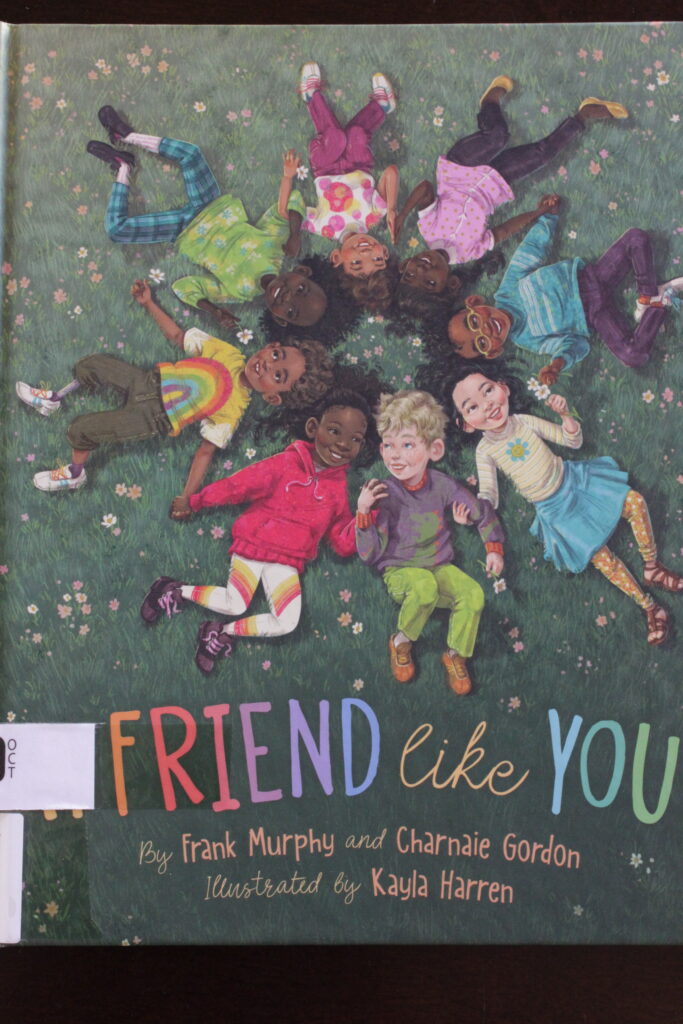
ページからページに異なる形容詞を[友達]につけて、様々な友達について語り、どのように友達になるかを教えてくれる。子どもに解かり易い言葉や表現のテキストと美しいイラストが、友を得る大切さを理解させてくれ、友情への祝福を心から示しているのが伝わる。>>>SHIコレクションにあるFrank Murphy と Kayla Harren による他の作品:A Girl like You, A Boy like You。

